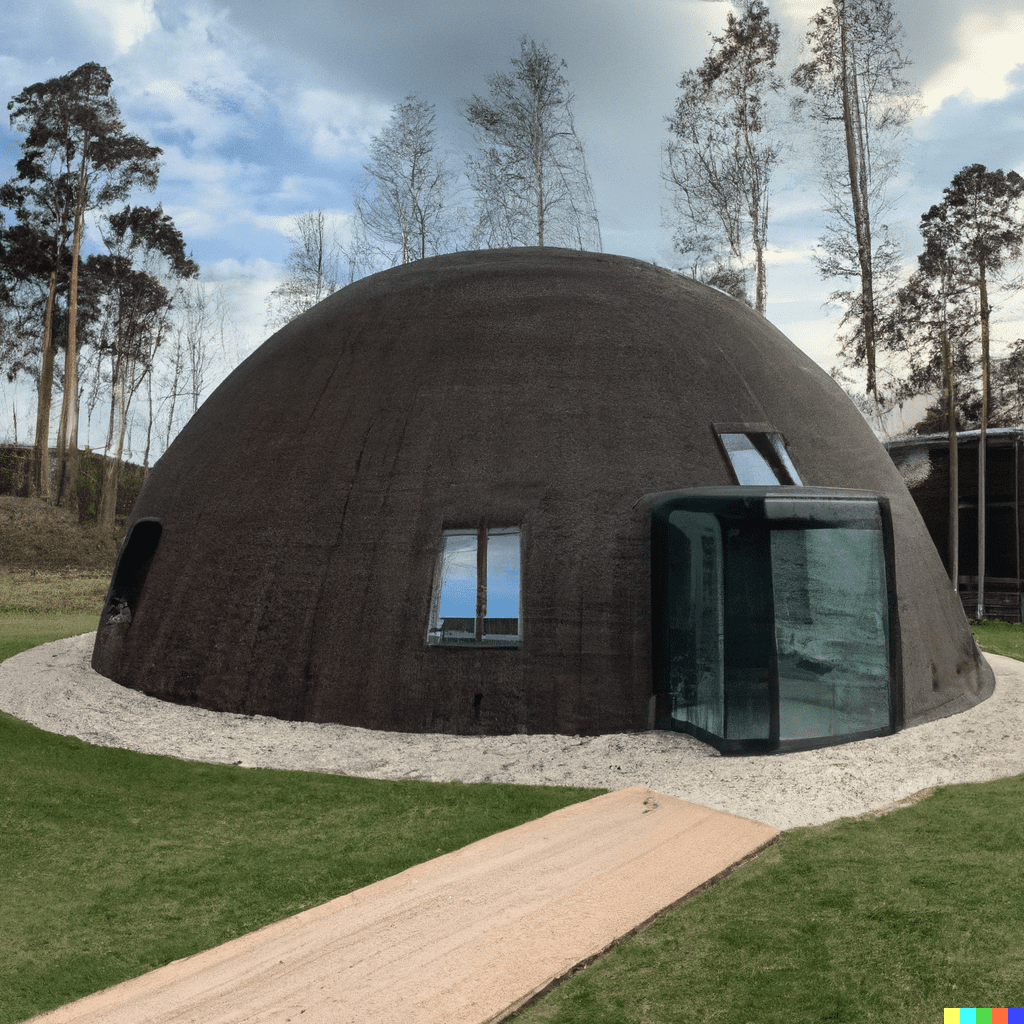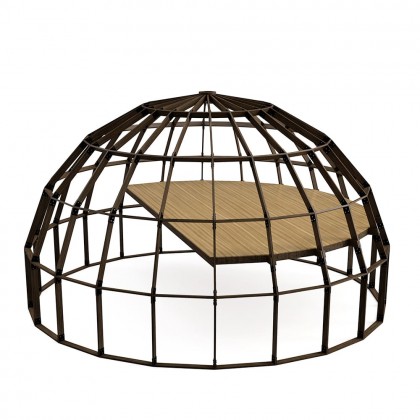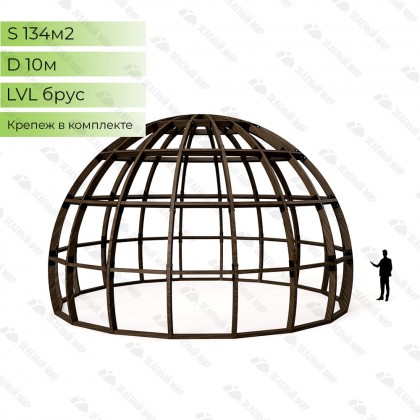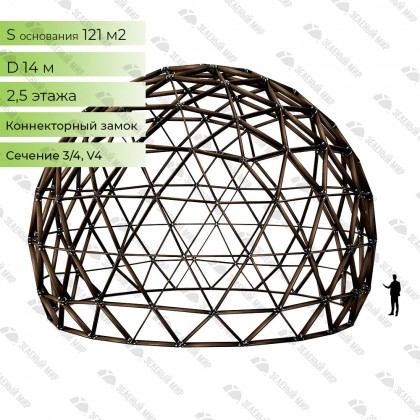The history of domed houses: where did their popularity come from
Domed houses are an architectural marvel that attracts the attention of many people around the world. Their unique design and robust construction make them popular as both residential and commercial buildings. In this article, we will look at the history of domed houses, where their popularity came from and how they became so popular.
The history of domed houses begins with the times of ancient cultures such as Roman, Greek and Chinese. In these cultures, domed houses were used to create public and religious buildings. They were built of stone or clay and had an impressive size.
In the Middle Ages domed houses continued to be used as churches and fortresses. They were often built of stone and had a Gothic style. One of the most famous examples of domed houses of the Middle Ages is the Hagia Sophia in Istanbul, which was built in the VI century.
In the XVII century, domed houses became popular in Russia thanks to the architect Postnik and his students, who built many domed churches and buildings in Moscow and other Russian cities. One of the most famous domed buildings in Russia is St. Basil's Cathedral on Red Square in Moscow.
In the 19th century, domed houses became popular in Western Europe and North America. At this time, many buildings were built in the Gothic and Romantic styles, which had domed roofs. One of the most famous examples is The gardener's house in Boston, which was built in 1840.
In the 20th century, domed houses became even more popular due to the development of new materials and technologies. They began to be used as residential buildings, commercial buildings, cultural centers and tourist sites. Today, domed houses are becoming more and more popular all over the world, due to their unique construction and design.
Domed houses are built in various ways, but most often they have a frame structure that allows you to achieve significant strength with minimal cost of materials. Such frame domed houses can be built from a variety of materials, including wood, metal and concrete.
Domed houses have many advantages over traditional houses. They have a more efficient design that allows them to withstand heavy loads such as snow and wind. In addition, domed houses have more efficient natural ventilation, which allows them to reduce heating and air conditioning costs.
In conclusion, domed houses are a unique architectural solution that attracts the attention of many people around the world. Their history began with ancient cultures and continues to the present day. Today, domed houses made of wood are especially popular due to their unique design, durability, energy efficiency and environmental friendliness. If you are considering building your own house, a domed wooden house can be an excellent choice that combines beauty, comfort and reliability.
Похожие статьи
5 reasons why you should choose a domed house
Domed frame houses made of wood are becoming more and more popular due to their unique design and durability. In this article, we will look at 5 reasons why you should choose a domed frame house made of wood.
3 types of dome structures and top 10 destinations for dome structures
In the modern world, dome structures have become a popular choice for various purposes. There are several types of dome structures, including stratodesic, regular round shapes and geodesic.
Temple of Music wooden structure
The Temple of Music is an unusual and complex individual project that will be built in Altai. Its construction will use a double frame and petals.
10 Unusual Ways to Use a Domed Wooden structure
The domed wooden structure is a unique and unusual construction option that has become popular recently
Рекомендуемые товары
Dome frame - 207 sq.m. - D12H (HIGH)
A frame kit of a high domed house of 207 square meters with a second floor for self-assembly accordi..
Round house frame S10 - LVL
A frame kit of the correct round shape of the dome house on 134 square meters of LVL timber on the a..
Geodesic dome frame - G14 - 121m2, frequency V4, section 3/4
A frame kit of the geodesic dome house on 121.06 square meters on metal connectors for self-assembly..





